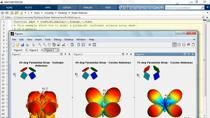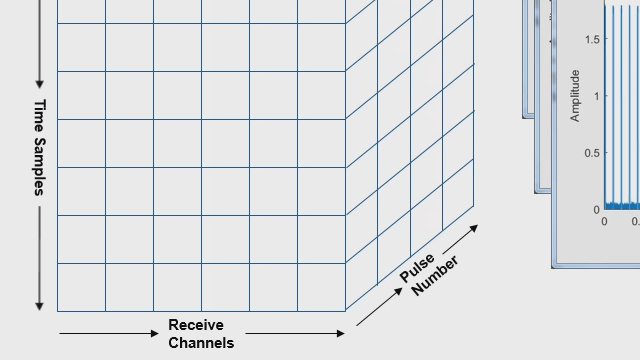Wideband Radar System Design
Wideband radar systems have continued to expand in scope across a wide range of applications. The larger signal bandwidth that these systems bring provides many performance benefits over narrowband systems. For this webinar, we will define a wideband system as one where the BW of the waveform is greater than 5% of the carrier frequency.
MathWorks’ engineers will demonstrate techniques for modeling and simulating wideband radar systems. We will first review some of the key aspects and challenges of wideband systems. We will then focus on building up a model which includes the antenna, the radar transmitter and receiver array, waveform generation, and the radar signal processing algorithms.
We will tie the modeling techniques together with an end-to-end radar system design example that uses a narrowband system to detect objects and a wideband waveform to bring higher resolution to the system. The will include all modules of a radar block diagram including the beamformer, direction of arrival estimation, and the propagation channel.
We will also include a description of how antenna models can be brought into the overall simulation to increase the fidelity of a large system design.
Through a set of examples, you will learn how to use MATLAB, Simulink, Phased Array System Toolbox and Antenna Toolbox to:
- Model and simulate wideband radar systems, explore alternative system architectures and make system level trade-offs
- Integrate signal processing algorithms to determine speed and range of multiple objects
- Increase fidelity of system through models of complex antennas
About the Presenter
Rick Gentile is the product manager for the Phased Array System Toolbox at MathWorks. Prior to joining MathWorks, Rick was a Radar Systems Engineer at MITRE and MIT Lincoln Laboratory, where he worked on the development of a range of large radar systems. Rick also was an Applications Engineer at Analog Devices where he led embedded processor and system level architecture definitions for high performance signal processing systems used in automotive and industrial applications. Rick is a co-author of the textbook “Embedded Media Processing”. He received a B.S. in Electrical and Computer Engineering from the University of Massachusetts, Amherst and an M.S. in Electrical and Computer Engineering from Northeastern University, where his focus areas of study included Microwave Engineering, Communications and Signal Processing.
Recorded: 17 Nov 2015




